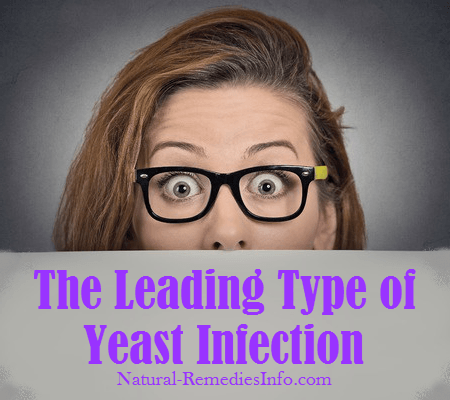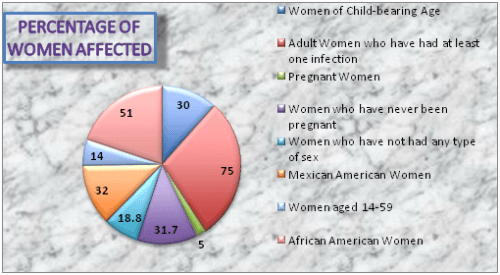You probably thought that vaginal yeast infections were the number 1 vaginal infection, didn’t you? Read on to learn more. Don’t ever make assumptions about your health. Various vaginal infections require different treatments and could be more serious than just a yeast infection. It could be invasive candidiasis.

When mom sat you down at age 12 or 13, and to discuss your entry into womanhood, did she mention the other surprises that would be in store for you? Of course she didn’t. Vaginal yeast infections are explained in our previous article.
You eventually learned on your own and it’s accompanying symptoms – pain, burning, itching and discharge. Right now, you may think you are a yeast infection scholar, but did you know that candida (yeast) is actually the SECOND leading type of vaginal yeast infection?
So what is the first?
BV is defined by the Mayo Clinic as vaginal inflammation caused by an overgrowth of one of several types of bacteria normally present in the vagina. This upsets the natural balance of vaginal bacteria. When this natural balance is thrown off, your body has an abnormal pH balance, >4.5.
Be absolutely sure before you self-treat.
What are the bacterial vaginosis symptoms?
According to the MAYO CLINIC, some symptoms may include:
- Vaginal discharge that’s thin and grayish white
- Foul-smelling “fishy” vaginal odor, especially after sexual intercourse
- Vaginal itching
- Burning during urination
Some women may have no signs or symptoms.
What causes bacterial vaginosis?
- Douching
- Multiple sex partners
- Perfumed bubble bath and some scented soaps
- Smoking
- Using an IUD
- Vaginal deodorants
- Underwear washed in strong detergents
- First-time sex partners
How many women are affected?

The CDC (Center for Disease Control) estimates that in the United States, 21.2 million women are affected. The percentage of women who have never experienced symptoms is 84%. One million pregnant women develop BV annually and are considered at high risk. Other at risk populations include:
- African American women – 51%
- Women in a low socio economic status
- Women who bore low-weight infants

How is BV Treated?
There are a couple schools of thought for the treatment for BV – medical and natural. Because this infection is bacterial, unlike yeast, medical professionals claim that antibiotic treatment is the only option for its eradication. However, there are some women who prefer to use natural remedies. This site does not state claim to the effectiveness of either treatment; it remains your choice. We highly recommend that you seek medical advice and accurate diagnosis before beginning any treatment.
Home remedies for bacterial vaginosis
Here are just a handful of home remedies used by women to treat BV:
|
What happens if I don’t get treatment?
The CDC recommends that you do seek medical treatment if you have, or suspect you have it. They claim without treatment, you are susceptible to more serious diseases.
- Your chances increase for STDs (sexually transmitted diseases)
- Chlamydia
- Gonorrhea
These STDs can lead to pelvic inflammatory disease (PID).
- You are susceptible for contracting HIV. If you are positive for HIV, and not treated, the chances of spreading it to your sexual partner will increase.
- If you are pregnant, it may cause premature delivery.
So ladies, here are the facts. It’s up to you to decide which route you will take. As the cliché’ says, “It’s better to be safe than sorry.”
Stay tuned for more helpful information, and feel free to comment or make suggestions for new topics to the site!
